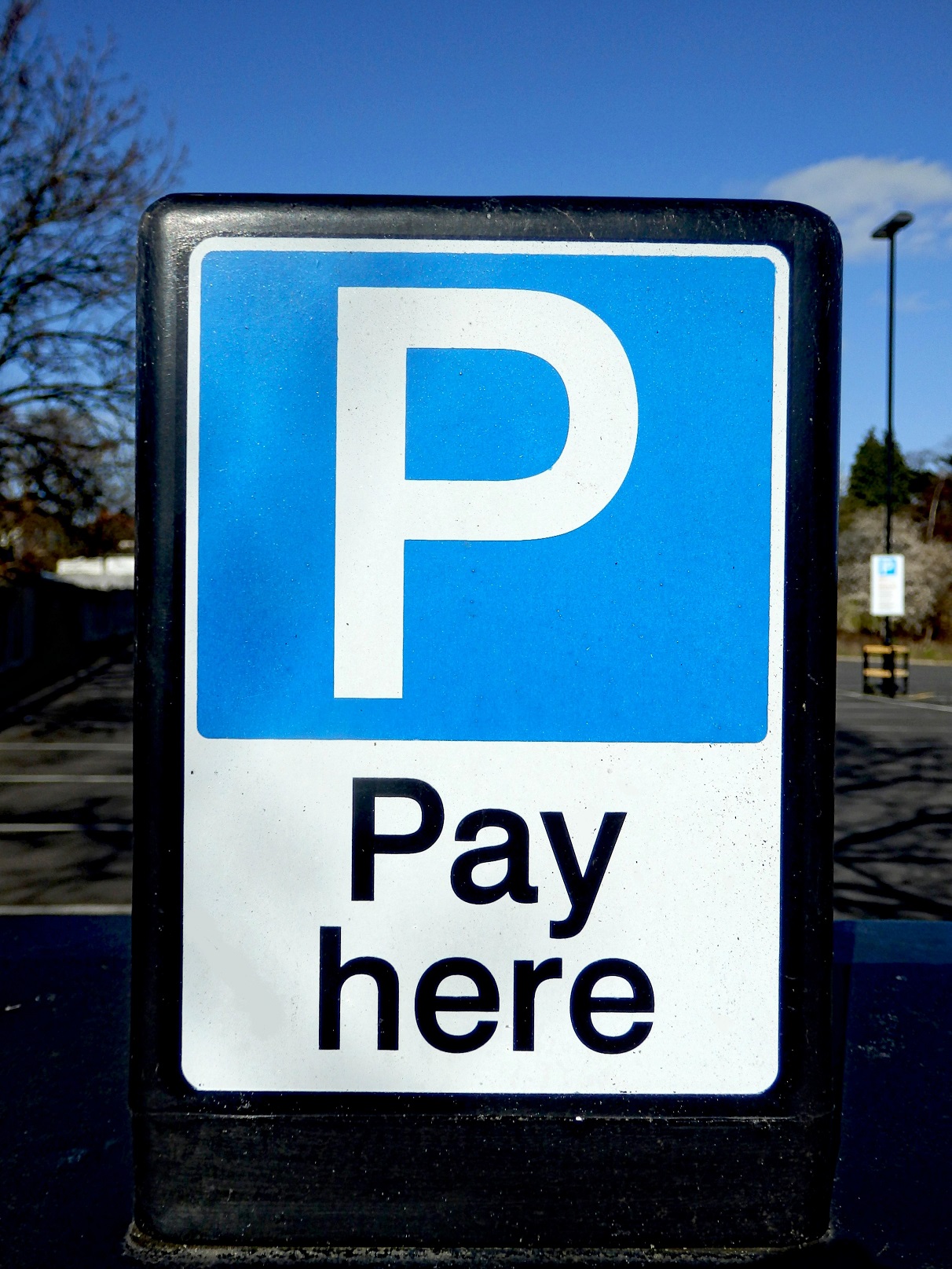Since most employers today no longer provide defined benefit pension plans for their employees, the burden of retirement saving has shifted to the employee. Not surprisingly, saving for retirement is a pretty low priority for the many Americans who are focused on how they are going to pay this month’s bills.
Taxes and Retirement
New retirees are often surprised that even though they may have stopped working, they are still paying quite a bit in income taxes each year. For those who are getting close to retirement, it’s important to know how your various sources of income will be taxed once you are retired.
Avoiding Capital Gains in Real Estate
I’ve gotten a number of questions about Capital Gains and Real Estate recently, so I thought it was time for a post. While many home sellers do not have to pay any tax on the sale of their home, for others, capital gains taxes can be significant, even hundreds of thousands of dollars. Here are five ways to reduce capital gains when you sell real estate.
Stop Retiring Early, People!
When I was 30, I set a goal of being able to retire at age 50. I’m still on track for that goal, but with my 44th birthday coming up next month, I now wonder what the hell was I thinking. I don’t want to retire. I get bored on a three-day weekend. I need to have mental activity, variety, and the sense of purpose and fulfillment that comes with work. So, no, I won’t be retiring at 50 even if I can.
Funding Your Retirement With Dividends
Much has been studied, analyzed, and written about the “safe withdrawal rate” from a retirement portfolio, but unfortunately, there is no withdrawal rate that is guaranteed to work in all circumstances. The interest rates on bonds remains so low today that a portfolio of 60% equities and 40% bonds is almost certainly going to lag its historical return over the next decade. That’s a real danger to anyone who is basing their retirement withdrawals on past performance.
Are Investment Advisory Fees Tax Deductible?
It surprises me how few questions I receive about the tax deductibility of Investment Advisory fees. I hope that your CPA asks this question as they prepare your tax return, but I fear that some people miss this potential tax deduction. As with many tax rules, this one has quite a number of caveats. Here are three things you need to know:
1. First, we need to distinguish between Investment Advisory Fees (also called Investment Management Fees), Financial Planning Fees, and Commissions. Only Investment Advisory Fees are tax deductible. If you are a client, note that the fees charged by Good Life Wealth Management are Investment Advisory Fees.
Boost Confidence, Improve Your Finances
Which comes first, confidence or success? I believe that in most facets of life, confidence is a prerequisite for success. This is true whether you are a business executive, athlete, musician, teacher, or any other profession. Of course, there is a virtuous cycle where success reinforces confidence, but it has to begin with confidence in the first place.
Self Employed? Discover the SEP-IRA.
The SEP-IRA is a terrific accumulation tool for workers who are self-employed, have a family business, or who have earnings as a 1099 Independent Contractor. SEP stands for Simplified Employee Pension, but the account functions similar to a Traditional IRA. Money is contributed on a pre-tax basis, and then withdrawals in retirement are taxable. Distributions taken before age 59 1/2 may be subject to a 10% penalty.
Social Security: It Pays to Wait
Social Security is a cornerstone of retirement planning. Although financial planners spend considerable time thinking about portfolio construction and sustainable withdrawal strategies, nothing beats Social Security in terms of its lifetime guaranteed income and automatic inflation adjustments. Given the significance of Social Security in retirement, it’s remarkable how many people don’t do any numerical analysis about when to start benefits. There is a strong behavioral bias to start benefits early. In fact, 74% of beneficiaries begin benefits before their Full Retirement Age (66 for those born between 1943 and 1954).
Before and After-Tax Returns of the Top Five Mutual Funds
One of my favorite features in Morningstar is the “Tax” tab which allows you to compare the pre-tax return and tax-adjusted returns of mutual funds and ETFs. Many investors never bother to consider the tax-efficiency of their investments, but if you are investing in a taxable account, this is a key consideration.













